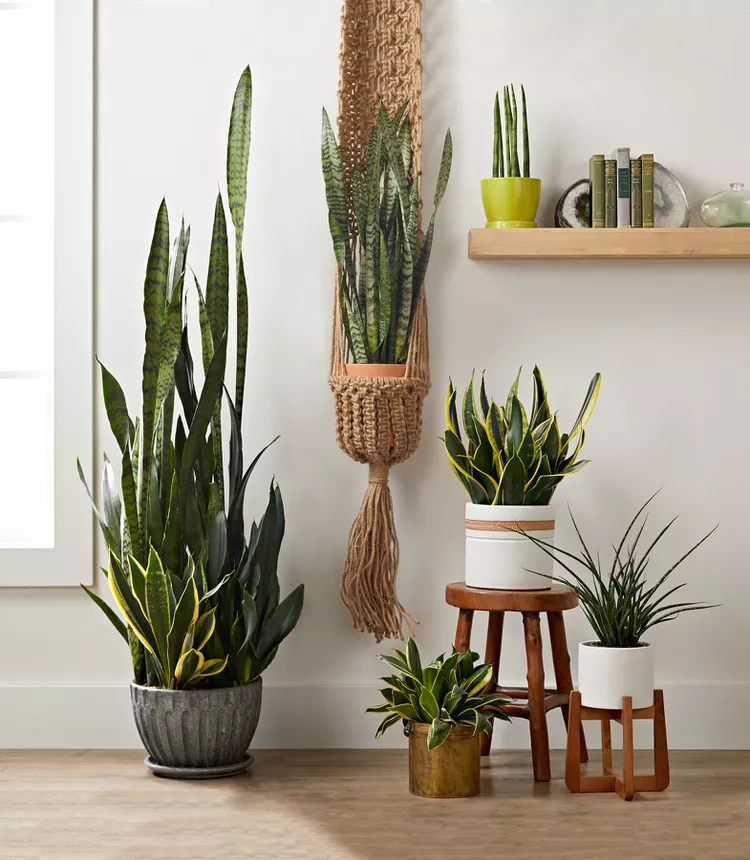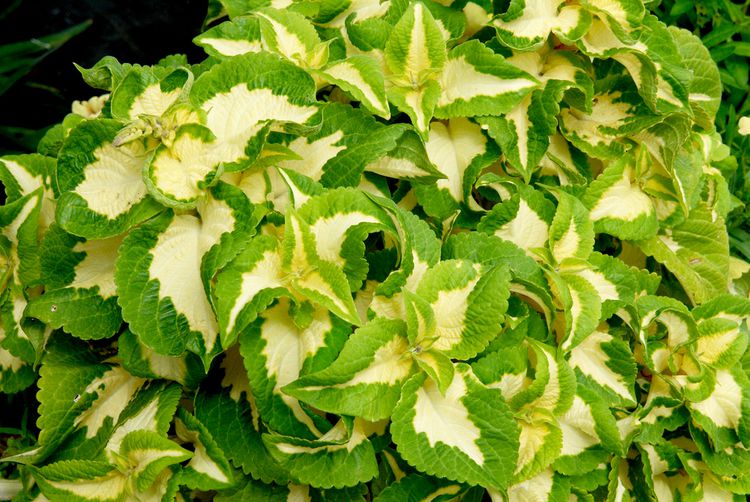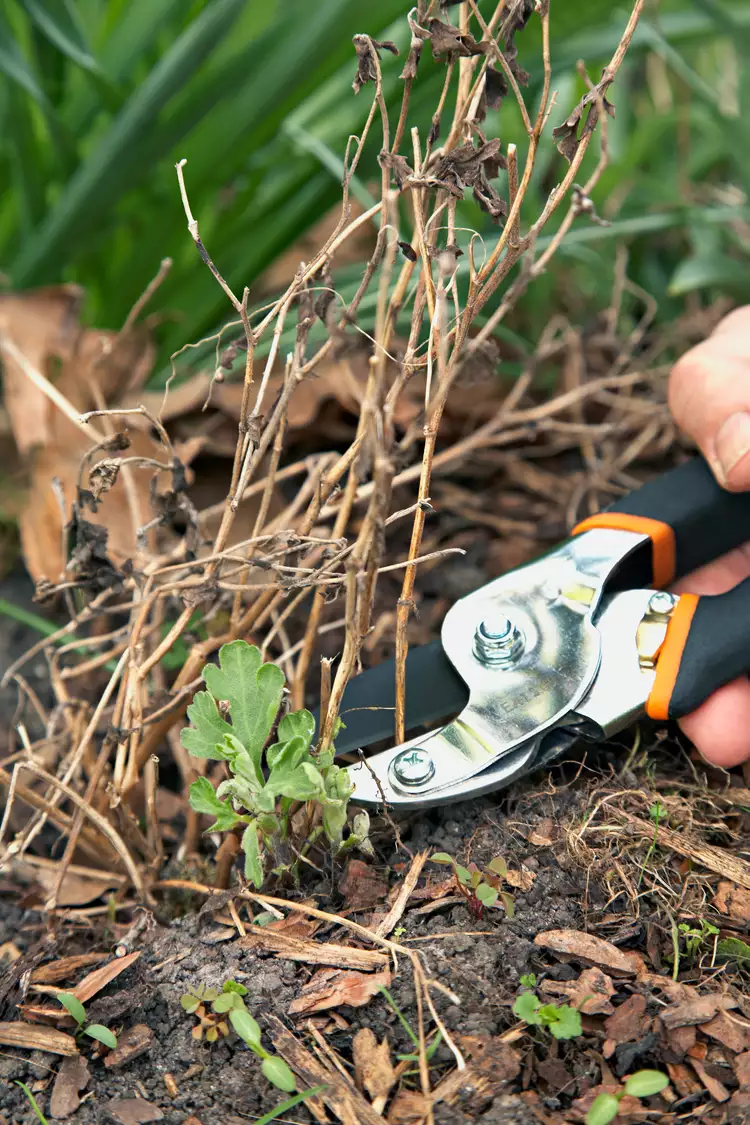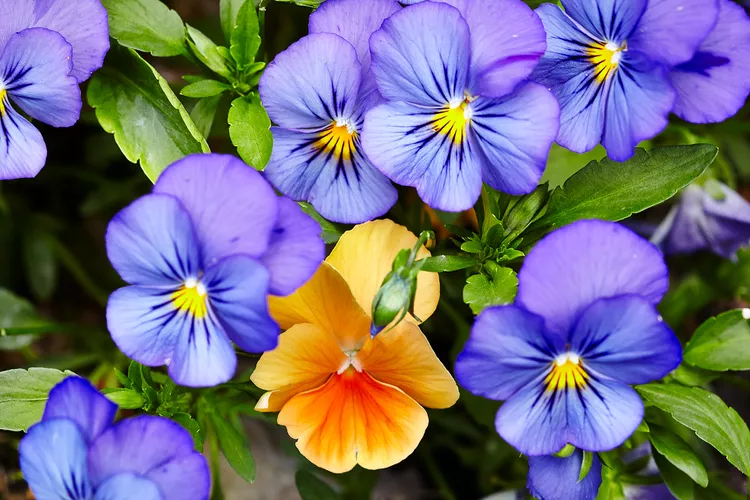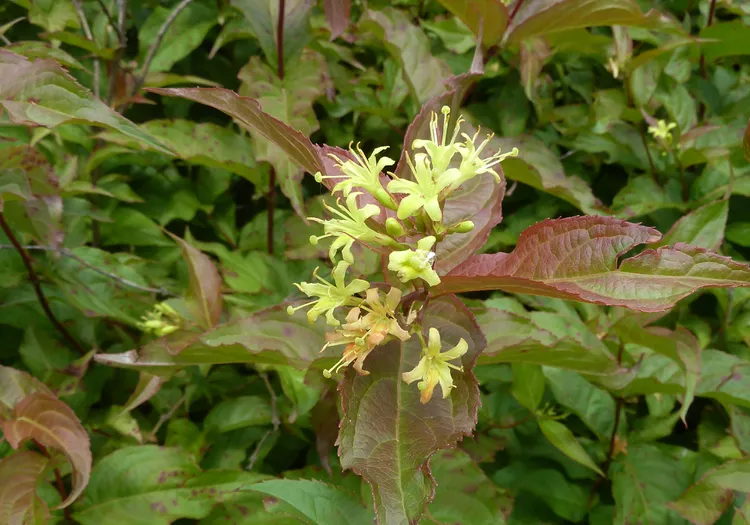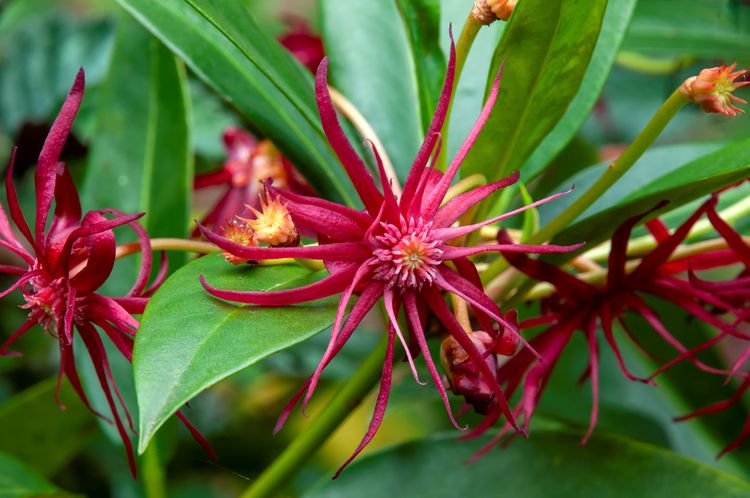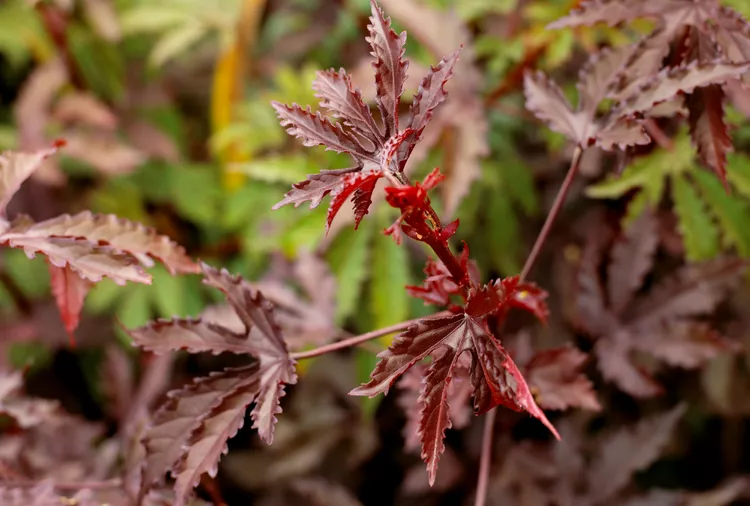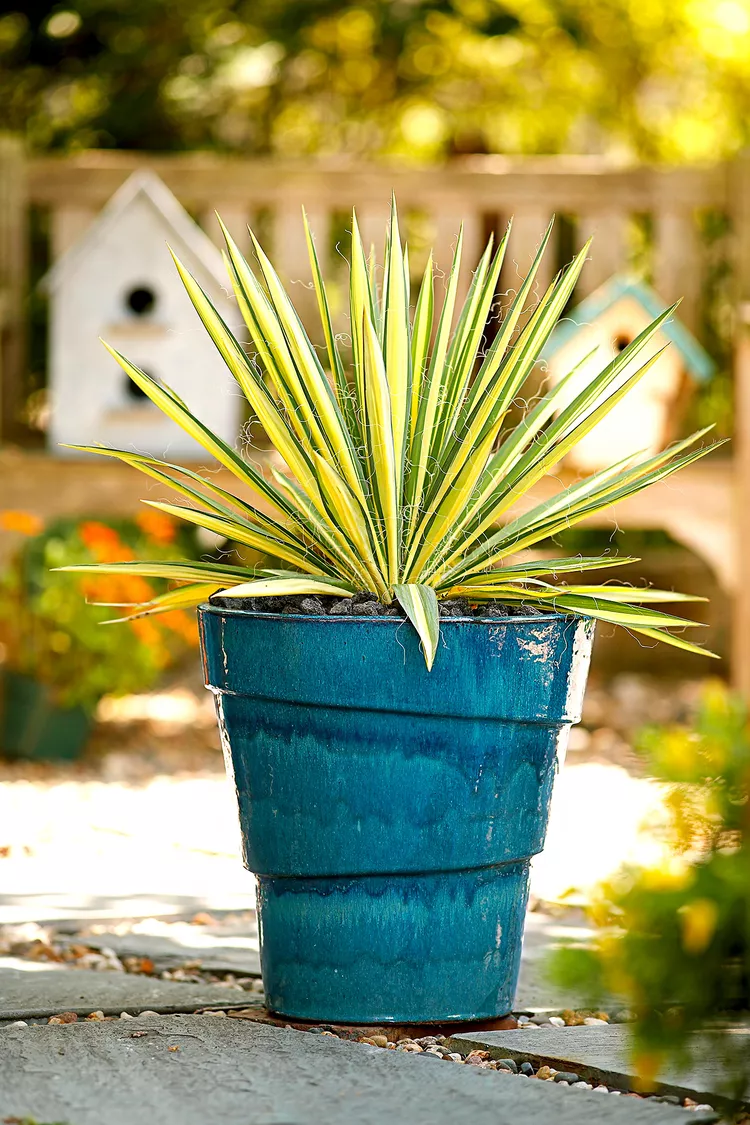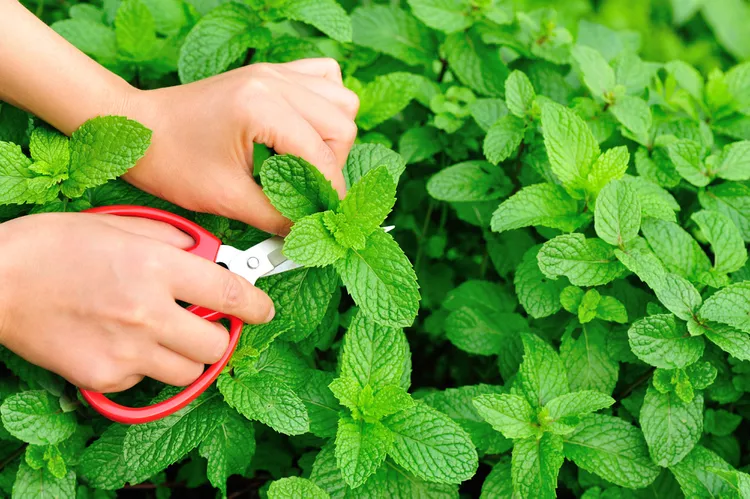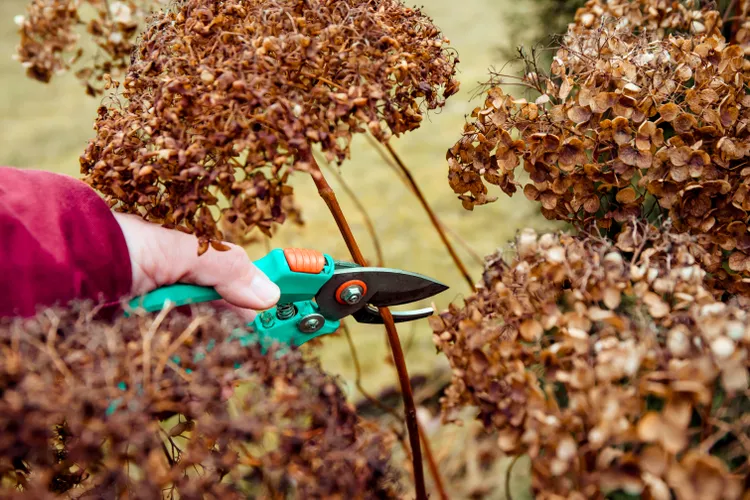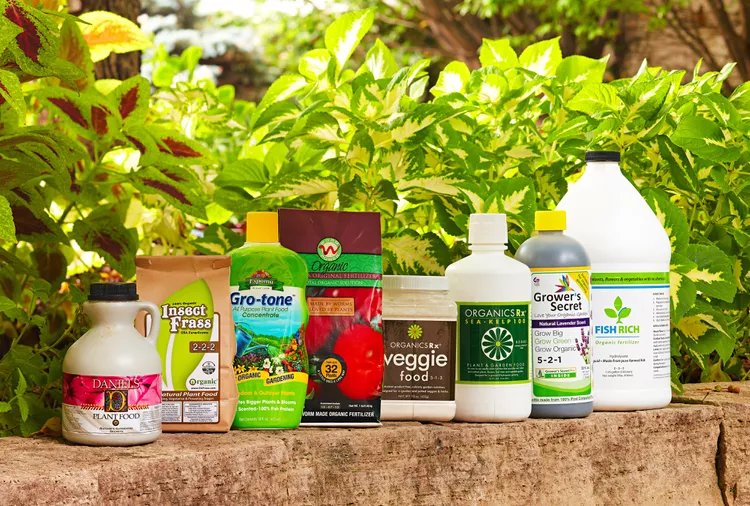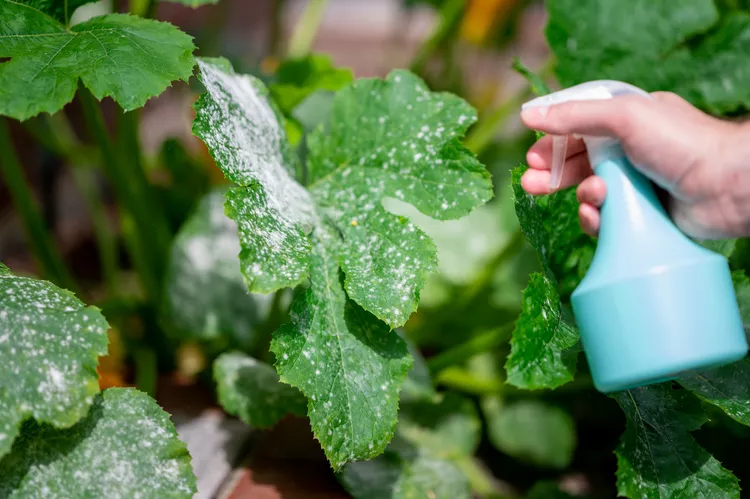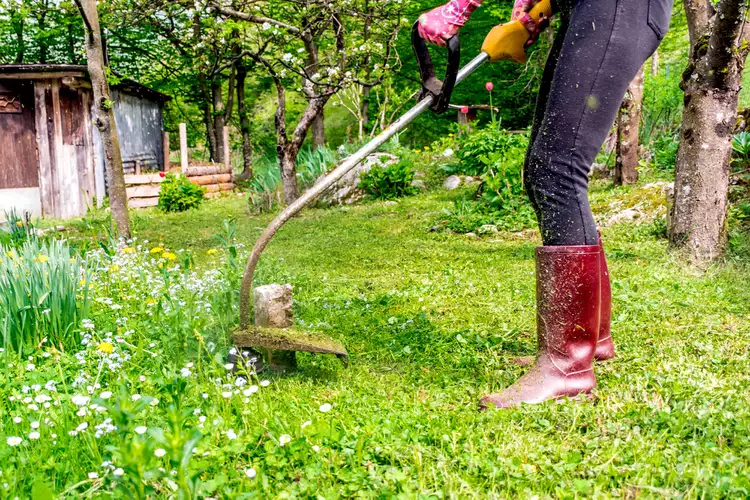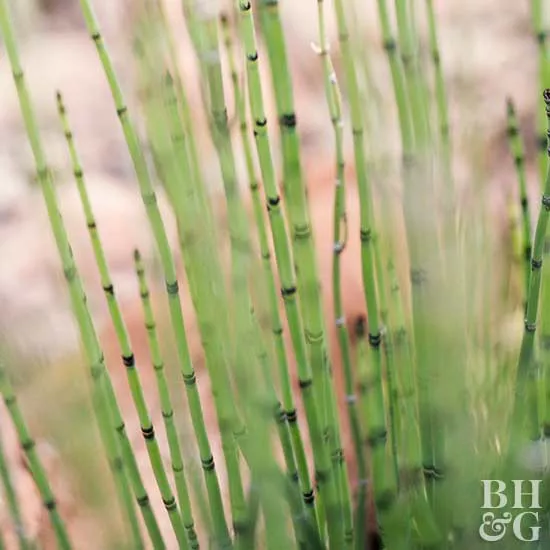Seeing your snake plant leaves falling over can be an alarming sight, especially considering that snake plants (Sansevieria spp.) are among the easiest houseplants to grow. They can handle dim light, poor soil, and overall neglect. This tough succulent is so forgiving that it has a reputation for being virtually bombproof. So what’s going on when the leaves of your snake plant fall over sideways? We asked a houseplant pro for some insight and a few tips for fixing the problem.
Paris Lalicata is a plant education expert for the online plant seller The Sill.
Causes of Snake Plant Leaves Falling Over
Unlike orchids, ferns, or ficus trees, which can be fickle and needy, snake plants are sturdy and low-maintenance houseplants. But even tough snake plants have specific needs. Give them the wrong growing conditions, and their leaves will fall over and look pitiful. Here are the things that could make that happen.
Overwatering
The number one cause of snake plant leaves falling over is too much water. Like other succulents, snake plants store water in their leaves and need less water than most houseplants to survive. Overwatering a snake plant makes its soil soggy, keeps roots from breathing, and causes them to rot and die.
What to look for: Overwatered snake plants have yellow or brown foliage that’s squishy and rotting. The leaves look wilted and may have black, squishy spots on them. The plant looks mushy and weak, and its leaves fall over. The snake plant may also have root rot if the soil in its container remains too saturated. You can tell that roots have rotted when they look black and slimy, and they may even be smelly.
Underwatering and Low Light
Giving a snake plant too little water and not enough light can also make the plant’s leaves fall over, says Paris Lalicata, plant education expert for the online plant seller The Sill. Without enough light, a snake plant can't make enough energy to maintain itself. It will slowly weaken and the leaves will flop over. Similarly, too little water will eventually stress a snake plant until it can no longer support itself.
“Most plant parents place snake plants in too low light, and they barely water them,” Lalicata says. “That combination will cause your snake plant to become limp and weak over time.” She points out that “they originate from Africa and prefer brighter light conditions and more frequent waterings.”
What to look for: Too little light and water will stunt plant growth, making the leaves pale and weak.
Root-Bound Plant
A root-bound snake plant could also flop, Lalicata says. Without enough space and soil, the plant's roots can't get the water and nutrients they need to stay healthy. If those conditions continue long enough, the leaves will fall over.
What to look for: A root-bound snake plant will have roots that fill the entire pot and circle tightly around the space.
Pests
A bad enough infestation of pests can cause snake plant leaves to fall over because they sap the plant’s strength. Snake plants are susceptible to the usual suspects that plague houseplants: scale, spider mites, whiteflies, aphids, and mealybugs.
What to look for: Many pests on indoor plants are very tiny and hard to see. Their damage is usually localized and looks like paler areas on leaves. Get up close to where you notice discoloration and look for movement. You can also try tapping the plant over a white sheet of paper and seeing if anything falls off onto the paper.
Prevention and Treatment
When you notice your snake plant’s leaves falling over, act immediately to give it the TLC it needs.
Water Properly
If you determine overwatering is the cause of the floppy leaves, stop watering the plant until the soil dries out. To check if your plant is dry enough to water again, stick your finger into the top 1 or 2 inches of soil. If it feels dry, water the plant. Going forward, only water the snake plant when its soil is dry to the touch. This is especially important in the winter when snake plants grow more slowly and need less water than in the spring and summer, which are their peak growing seasons.
PARIS LALICATA
“Just because the plant is drought-tolerant doesn’t mean you have to go weeks without watering it. The key is providing the snake plant with consistent moisture.”
Adjust Light and Temperature Conditions
Snake plants thrive in bright, indirect light in temperatures between 70°F and 90°F. Put snake plants by a southern window where they will get at least 8 hours of bright light daily. While they can take a little direct sun, especially during morning hours, too much direct sun can burn the plant and damage the leaves. They’ll do fine in average household humidity between 30% and 40%.
Repot a Snake Plant
Every few years, your snake plant will benefit from being repotted to accommodate its growth. Besides giving your plant's roots extra space, repotting with fresh potting soil that contains slow-release fertilizer will replenish needed nutrients. Always make sure to use a pot with drainage holes and a well-draining potting mix to help prevent overly soggy conditions.
Fertilize the snake plant once in the spring and once in the summer with a slow-release fertilizer diluted to half-strength. Use compost tea, sea kelp, or other organic fertilizers. Don’t fertilize snake plants in the winter when their growth has slowed.
Get Rid of Pests
Most snake plant pests can be picked off by hand, washed off with water, or treated with neem oil or insecticidal soap. It’s a good idea to dust off the snake plant leaves monthly. Check for signs of pests or pest damage while you are cleaning those long leaves.
How to Revive an Overwatered Snake Plant
You may be able to save a snake plant that has been overwatered. Here’s how:
- Take the plant out of the container. Trim back all the damaged leaves to their base.
- Remove as much excess water from the pot as possible. Let the soil air dry over a couple of days, or toss out the old, wet soil and replace it with new, dry potting mix.
- Wait for the snake plant’s roots to dry out completely, which may take up to a week.
- Repot the plant in dry potting soil.
- Fertilize with a water-soluble fertilizer at half-strength. Put the plant where it can get eight hours a day of bright light. Add a grow light if you can’t get enough light through a window.
- Baby the plant until you see new leaves sprouting, a sign it has survived its near-death experience.
Snake plants are tough, but if the leaves fall over, you need to change what you’re doing. Even hardy plants fail when they don’t get the right growing conditions. Confirm the snake plant receives the right amount of water and sunlight. Ensure it’s planted in well-drained soil, and fertilize it twice a year during its peak growing season. Prune off dead or damaged leaves as needed, and keep the plant warm and moist. Do all that, and you’ll have years with your happy, healthy snake plant.
